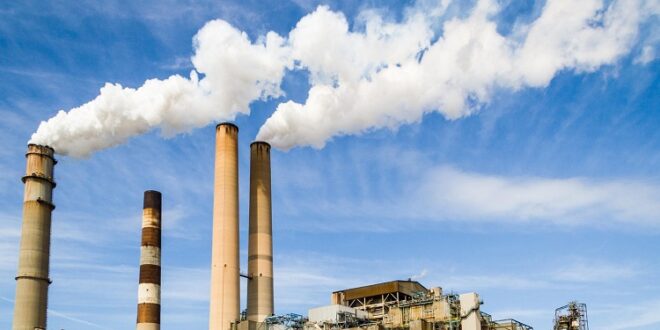Industrial pollution as depicted by the name is the type of pollution produced by industries. These industries mostly include big scale production industries and while they are essential for keeping the human population afloat, they are also producing a lot of toxic and hazardous elements to the environment and the world at large.
The industrial pollution refers to the pollution created from waste materials produced during the formation or production process of their main end-product. This pollution can be in all forms of land, water or air pollution. Certain measures are taken to keep the pollution levels at a bay of which an important one is regenerative thermal oxidizers. Thermal oxidizers work by decomposing harmful elements like VOC’s and HAP’s before they are released into the air so that they are not toxic anymore.
These harmful elements are often emitted into the air in form of gases that can be mixed in with the air and also dissolve in water. Thermal oxidizer help keep the pollution level lower by decomposing them in non-toxic broken-down air elements. However, there are also other kinds of land and water waste excreted from these big industries that are responsible for polluting the environment by raising toxicity levels.
Sugar mills, textile mills, pharmaceutical companies, pesticides makers, oil refiners, steel and iron production mills, paper and pulp industry, cement and petroleum industries are among the biggest participants to industrial pollution.
Types
The industrial waste produced by these industries can be categorized in two forms.
- The Process Waste
- The Chemical Waste
The Process Waste
Since these industries use raw materials to eventually turn them and form them into the end products, the waste produced during the washing, preparing and processing etc of raw materials is called the process waste. Process waste can further be divided into organic process waste and inorganic process waste.
- The waste produced from food-oriented industries like sugar mills, oil refineries, breweries and distilleries etc and from the paper and pulp industry comes under the organic form of process waste.
- The waste emitted from more chemical oriented industries such as petroleum, pesticides, paints and caustic soda industry etc will fall under the inorganic process waste category.
However, both organic and inorganic kinds can be toxic to the environment and living organisms.
The Chemical Waste
The stuff produced on the side as a by-product during the formation process is chemical waste. It can be in the forms of alkalies, acids, detergents, scents and various other chemical products. Liquid or solid forms of this waste is usually dumped into water bodies or land. However, regenerative thermal oxidizers are used for the gas forms to decompose them into less toxic substances.
Effects and Control
Industrial pollution can have hazardous toxic effects on all sorts of living organisms be it humans or plants or land and water animals. Humans can encounter lead poisoning or respiratory issues and overall health deterioration from exposure. Environmental issues include global warming, acid rains, ozone layer destruction and greenhouse effect.
Control measures include plantation, careful choices of raw materials and factory construction, holding the industries accountable and implementation of the environmental protection act. Regenerative thermal oxidizers, air purifiers, photosynthesis filters and usage of biodegradable materials are some other preventive measures to curb pollution.
You may interested in iPhone reparatie and telefoon reparatie.
 HammBurg Be informed with latest news, reviews, entertainment, lifestyle tips, and much more.
HammBurg Be informed with latest news, reviews, entertainment, lifestyle tips, and much more.




